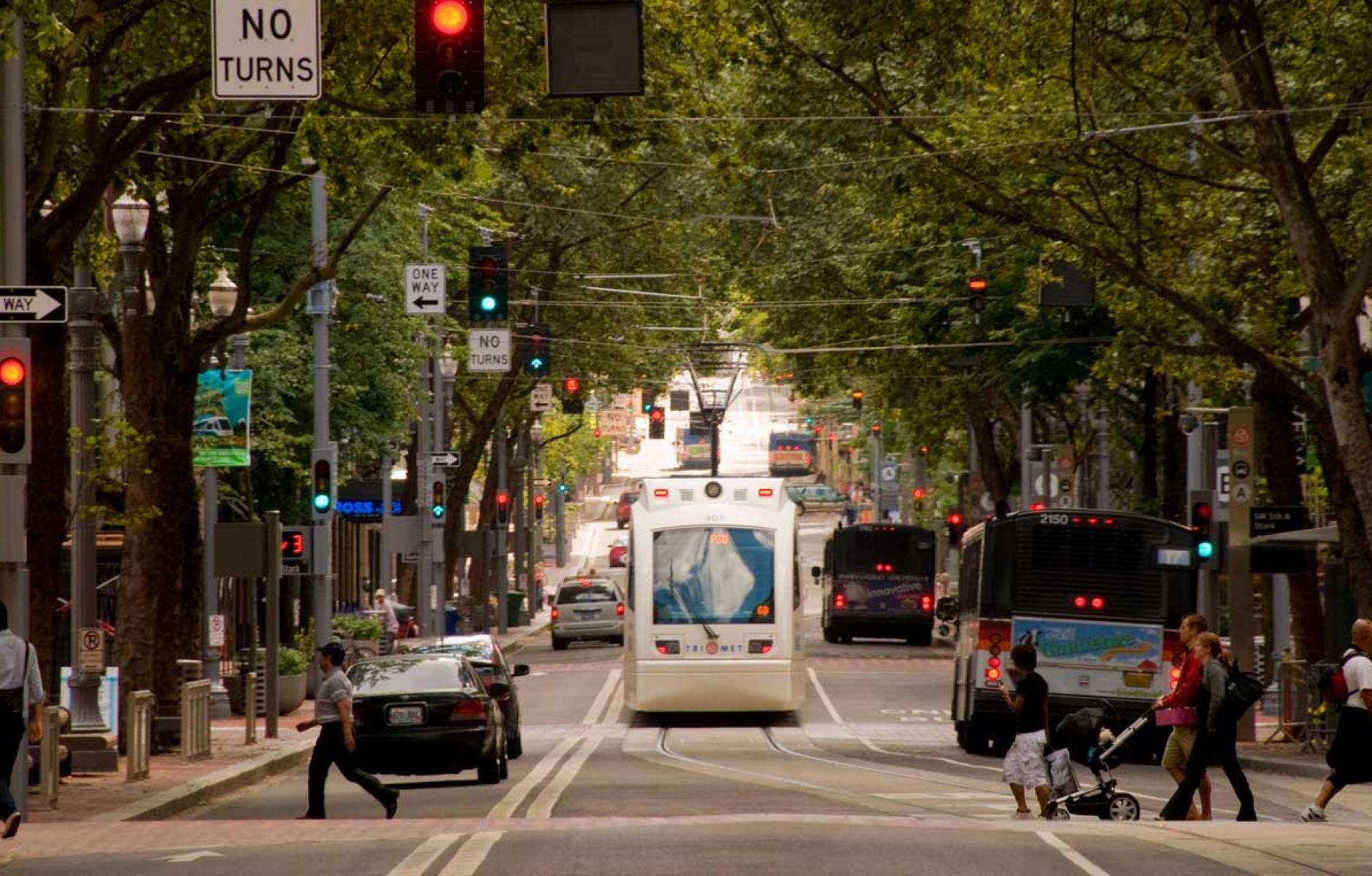
We need infrastructure that serves multiple purposes
In recognition of National Infrastructure Week, we highlight some of our own and others’ work to identify priorities for national infrastructure spending. In some cases it really is high #TimetoBuild—in others, time to unbuild.
Recently, CNU President and CEO Lynn Richards spoke with Grist magazine about priorities for spending. Her answers emphasized investments that can serve multiple purposes, cleaning the air and protecting the environment while providing equitable mobility for more people. “We’re trillions and trillions behind where we need to be,” she told Grist’s Matt Craft. “We can’t afford to spend our money on infrastructure that just meets one objective.”
Richards’s infrastructure budget focuses on choices that offer a good rate of return on investment by contributing to public health and community quality while fulfilling mobility objectives:
- $495 billion for rail and bus transit
- $250 billion for high-speed and intercity rail
- $100 billion for urban freeway removal
- $50 billion for rural broadband access
- $50 billion for parks
- $50 billion for green streets that aid in stormwater management
- $5 billion for biking infrastructure

Writing for CityLab last week, Anthony Flint calls for careful reflection before overcommitting to conventional infrastructure projects. “It’s … not just about comparing the virtues of investing in highways versus transit. It’s about stepping back and evaluating how projects will perform—how they will best serve cities, help reduce greenhouse gas emissions, provide accessibility in underserved communities, be long-lasting and resilient, and provide the best economic payoff in the long run.” This, he recommends a blend of grey, green, and blue infrastructure, not just the customary investments.
He also refers to the importance of undoing what’s been built if it is nearing its useful life or has had detrimental impacts. Flint gives several examples of highway removal or mitigation that CNU has covered in its Highways to Boulevards initiative, from the Sheridan Expressway in New York to Boston’s Big Dig and San Francisco’s Embarcadero Freeway.
Counseling that the scale of projects and challenges calls for ever more regional planning and coordination, consideration of full lifecycle costs, and creative approaches to financing, Flint says, “Being ready to break ground in a short period of time shouldn’t be the only criteria.”
Richards emphasizes the need to consider infrastructure that simply makes places more livable: “Let’s build parks in economically disadvantaged communities. We know from research that parks have a great economic impact, leaving aside the public health benefits. Infrastructure is more than just sewer and roads. It’s about the very foundation of our communities.”




